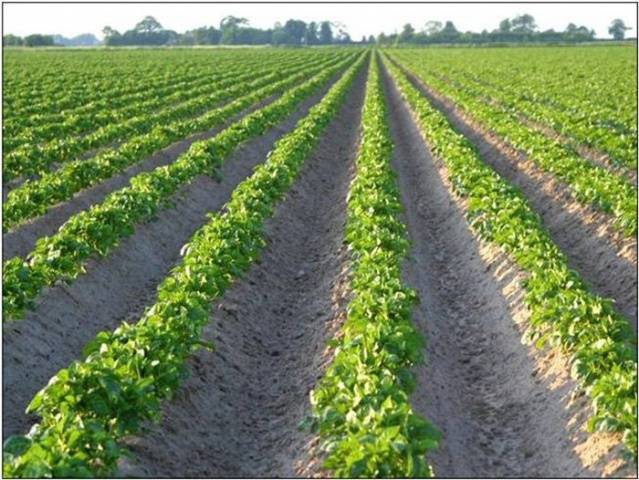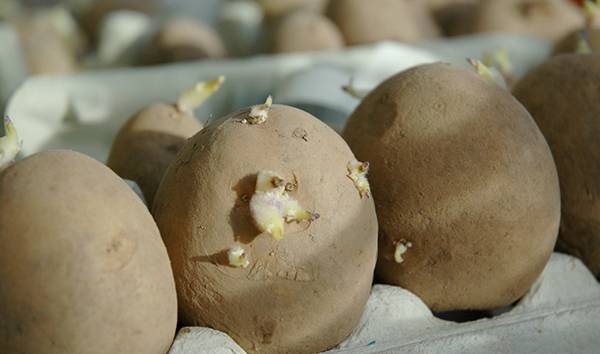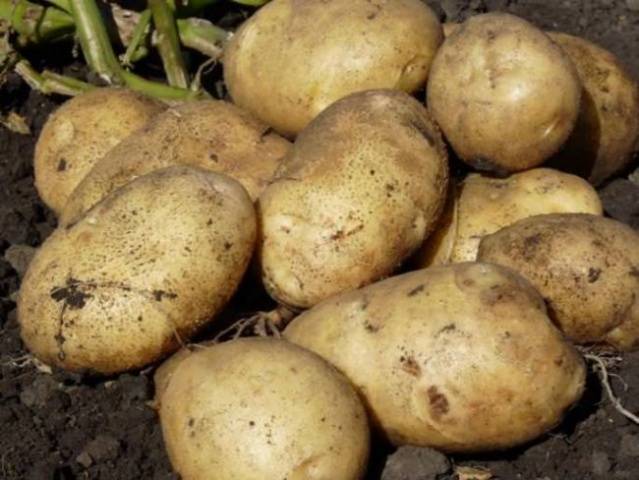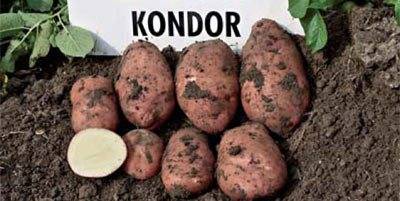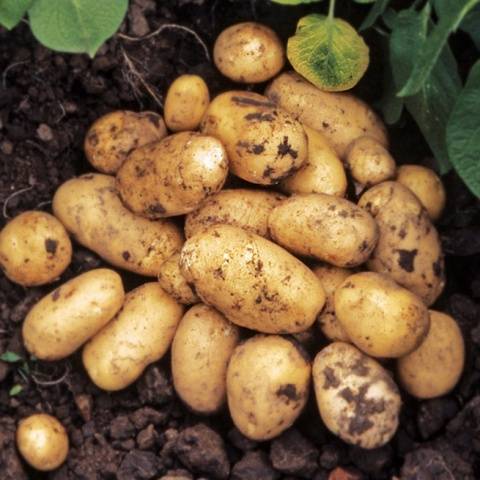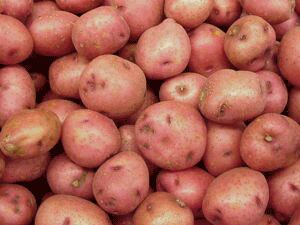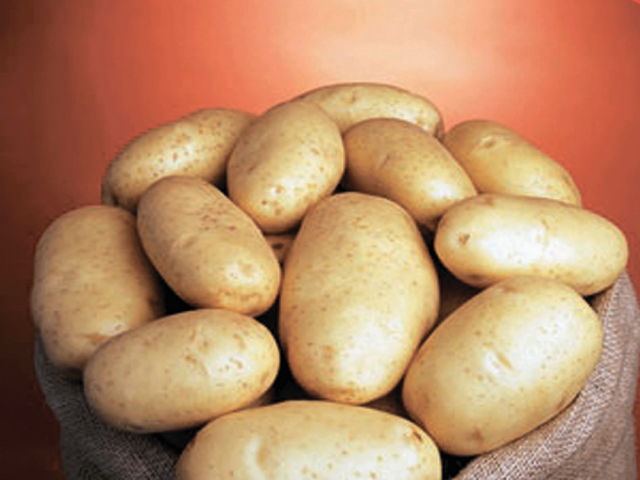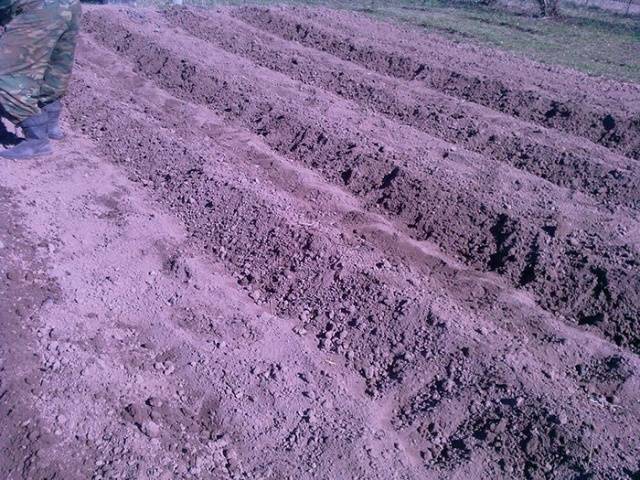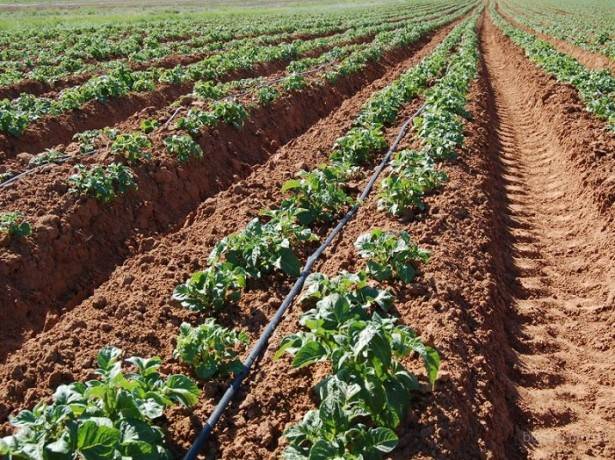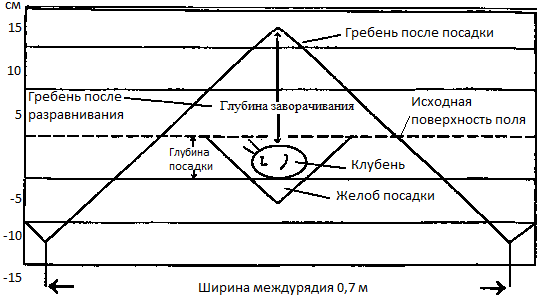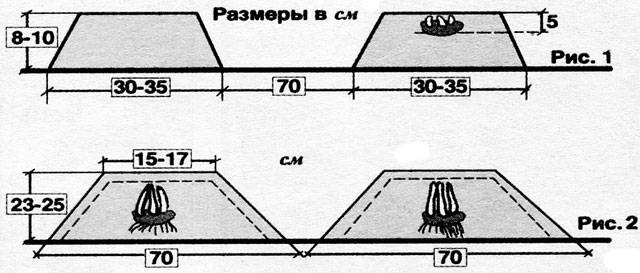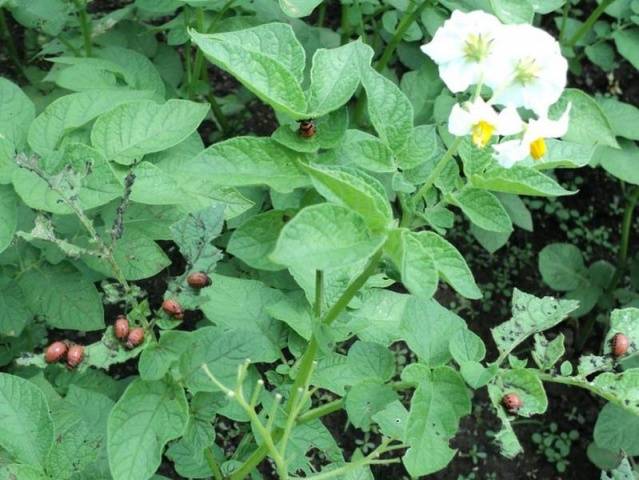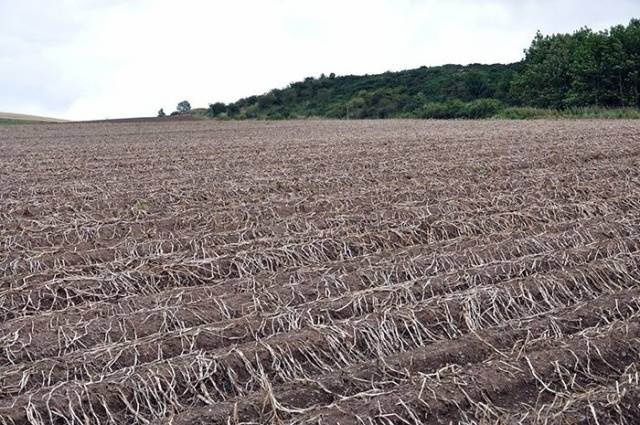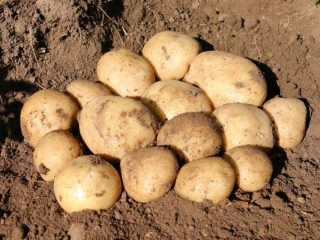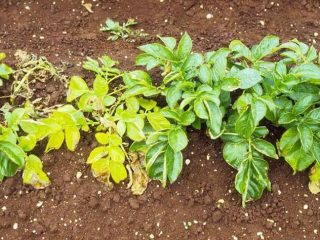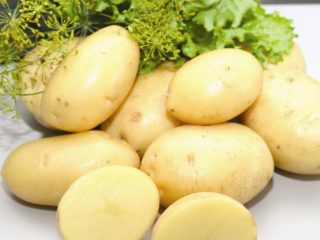Content
Methods and techniques for planting potatoes have been constantly improved in recent years. No one is interested in growing potatoes just for food, as they were grown decades ago. It's much easier to buy it. This is a very labor-intensive undertaking, and the yields are meager, and what is grown is poorly stored or spoiled by disease. More and more gardeners are trying to use new technologies when growing this most beloved crop among the people. The changes are either in the direction of reducing the effort put into growing potatoes or increasing the yield of this vegetable. Planting potatoes using Dutch technology allows you to harvest about 30-40 tons of potatoes from one hectare of land. Which, in terms of one hundred square meters, is about 300-400 kg. Of course, these numbers cannot fail to impress. And many are trying to figure out and understand what the advantages of the Dutch method are and what it actually is.
Seed material
The first and main advantage of growing potatoes the Dutch way is the excellent quality of planting material.
Firstly, only high-quality potatoes are used for sowing, and not mis-graded potatoes, which are often planted in Russian dacha farms.Varietal purity must be at least 100%.
Secondly, the reproduction of tubers for planting must be at least second; most often the elite and super-elite are used. At the same time, germination and germination should also remain at 100%.
Thirdly, tubers must be planted in a germinated state. Their size is strictly aligned and is 50-60 mm. In this case, the seedlings should be from 2 to 5 mm long, in this case, when using automated planting, they will not break off.
Aphids are the main carrier of viruses, so as a result, the crop is completely protected from viral influence.
The most popular Dutch varieties
Currently, along with the use of technology, some varieties of potatoes from Holland are popular in Russia. They are distinguished, first of all, by their high yield, so it is worth taking a closer look at them.
- Agria – an ideal variety for growing in the middle zone. In addition to high yield (about 500 c/ha) and large tubers, it is responsive to watering and does not like high temperatures.
- Condor – one of the most common industrial Dutch varieties at the moment, since it allows you to get up to 500 c/ha with good resistance to droughts and various diseases.
- Eba – in addition to decent yield indicators (300-400 c/ha), it also has a wonderful taste, as well as resistance to pests and drought. The variety is resistant to mechanical damage and transports well.
- Romano – an early potato variety, the ripening period is only 90-110 days.Without special care, using only regular watering, you can harvest up to 400 c/ha.
- Ariel – this variety is not used for industrial cultivation, apparently due to its low (200-300 kg) yield. But it will grow even without watering in the middle zone, and will delight you with its taste and aroma.
An interesting fact is that after numerous variety tests, about 30 varieties of Dutch potatoes were registered in Russia for cultivation. But despite the use of these productive Dutch varieties, the yield from their industrial use has not increased much. After all, our Russian potato varieties also have very good yield potential. This suggests that it is not just a matter of using unique and high-quality varieties. There are other subtleties thanks to which the Dutch get their exorbitant harvests.
Tillage
The Dutch technology for growing potatoes requires repeated machine cultivation of the land with the introduction of large doses of fertilizers and strict adherence to all technologies. What can you take from all this for an ordinary garden plot?
Potatoes are grown in the field with mandatory rotation of crops.
Potatoes return to their original place only after 3-4 years. This helps, first of all, to cleanse the soil of many bacterial and fungal diseases.
In autumn, the land must be cultivated with the addition of organic fertilizers, as well as superphosphate (4-5 kg per one hundred square meters) and potassium salt (1.5-2.5 kg per one hundred square meters of land).
In the spring, the ground is milled and urea is added at the rate of 5 kg per hundred square meters. The most important thing when cultivating the soil in spring is to loosen the soil well.
Planting potatoes the Dutch way
The Dutch method of planting potatoes is not some kind of super discovery. Much of what they do has been used here as well. The Dutch simply combined many fairly elementary nuances into one clear technological scheme, and combined them with fully automated planting technology. The result was purely Dutch technology. What is its essence?
Firstly, creating wide row spacing when planting potatoes. Two schemes are used:
- Potatoes are planted in a ribbon of two rows (in fact, our ribbon planting method), between which a symbolic distance 25-30 cm. But between the tapes, the width of the passage is 120 cm. This large row spacing makes it easy to use large-sized equipment both for planting and for all other automated potato care procedures. Another advantage of such planting is the possibility of laying a hose for drip irrigation between the rows, which allows you to irrigate a double area at the same time and increases the efficiency of irrigation by at least 40%. In addition, all potato bushes receive the maximum amount of light and air, since they grow as if on the outermost.
- Potatoes are planted in rows, between which a distance of 70 cm is left. This is also quite a large distance allows for machine technology for planting and processing potato bushes. Watch the video of how potatoes are planted using Dutch technology in the Netherlands itself.
With both planting schemes, the most important thing is that the tubers are planted in specially formed ridges, trapezoidal in shape with a clearly defined width and height. The width of the ridge at the base is 35 cm, and its height ultimately reaches 25 cm. The ridges look as if their tops were cut off, respectively, the width in the high part of the ridge is 15-17 cm. The tubers are planted almost on the surface of the soil, and the ridges are formed already around the planted tubers. The distance between tubers is about 30 cm.
This method of planting is quite applicable on personal plots, dividing it into two periods.
- First, low ridges are made in compliance with all the listed dimensions, but about 8-10 cm high. Potatoes are planted in them to a depth of 6-8 cm.
- Two weeks after planting, even before the first shoots have time to appear, the ridges increase in height to 25 cm with the simultaneous removal of all that have emerged during this time weed.
The Dutch, according to their technology, do not use mechanical formation of ridges (additional hilling) in the future - they use herbicides to remove weeds between rows.
The most important advantage of such ridge planting of potatoes is that the potatoes are located in well-heated and ventilated loose soil, their oxygen supply increases by 70%. Since potatoes are very fond of loose soils, under such conditions the root system of the bushes is formed very powerful and strong, which cannot but affect the yield. Moreover, with such plantings, potato bushes more easily resist pest invasions and the spread of diseases.
The video below shows how Dutch potato growing technology is used in practice in Russia.
Potato care
In addition to drip irrigation and mandatory treatment of row spacing with herbicides to prevent weed growth, Dutch technology also provides for mandatory 5-6-fold treatment with chemicals against late blight. Moreover, the first spraying begins long before any signs of the disease appear for purely preventive purposes. Therefore, all the hopes of Russian farmers for the resistance of Dutch potato varieties to late blight did not come true. Since this resistance was achieved not on the basis of immunity, but as a result of a large number of chemical treatments.
Periodic treatments against the Colorado potato beetle are mandatory.
During their development, potatoes are also sprayed with numerous chemicals against aphids, as the main carrier of viral infections.
In Russia, to combat viral infections, the method of removing diseased plants from fields is used.
Harvest
Another technique for which Dutch technology is famous is the mandatory removal of the above-ground parts of plants from potato bushes 10-14 days before harvest. This technique allows the tubers themselves to ripen well and form a strong skin, which will help the potatoes to be stored for a long time and not be so susceptible to various mechanical damage.
The potato harvest itself is harvested early enough to protect it from outbreaks of late blight and other diseases. Ware potatoes are harvested no later than the end of August - beginning of September. And the harvesting time for seed potatoes is generally very early - late July - early August.
As you can see, apart from automated machine processing, planting and harvesting, as well as strict adherence to all technological growing processes, there is nothing super new in Dutch technology. And potato yields are achieved to a large extent due to the excessive use of chemicals. Therefore, it is necessary to use the most interesting and useful moments from it and enjoy the magnificent harvests.
